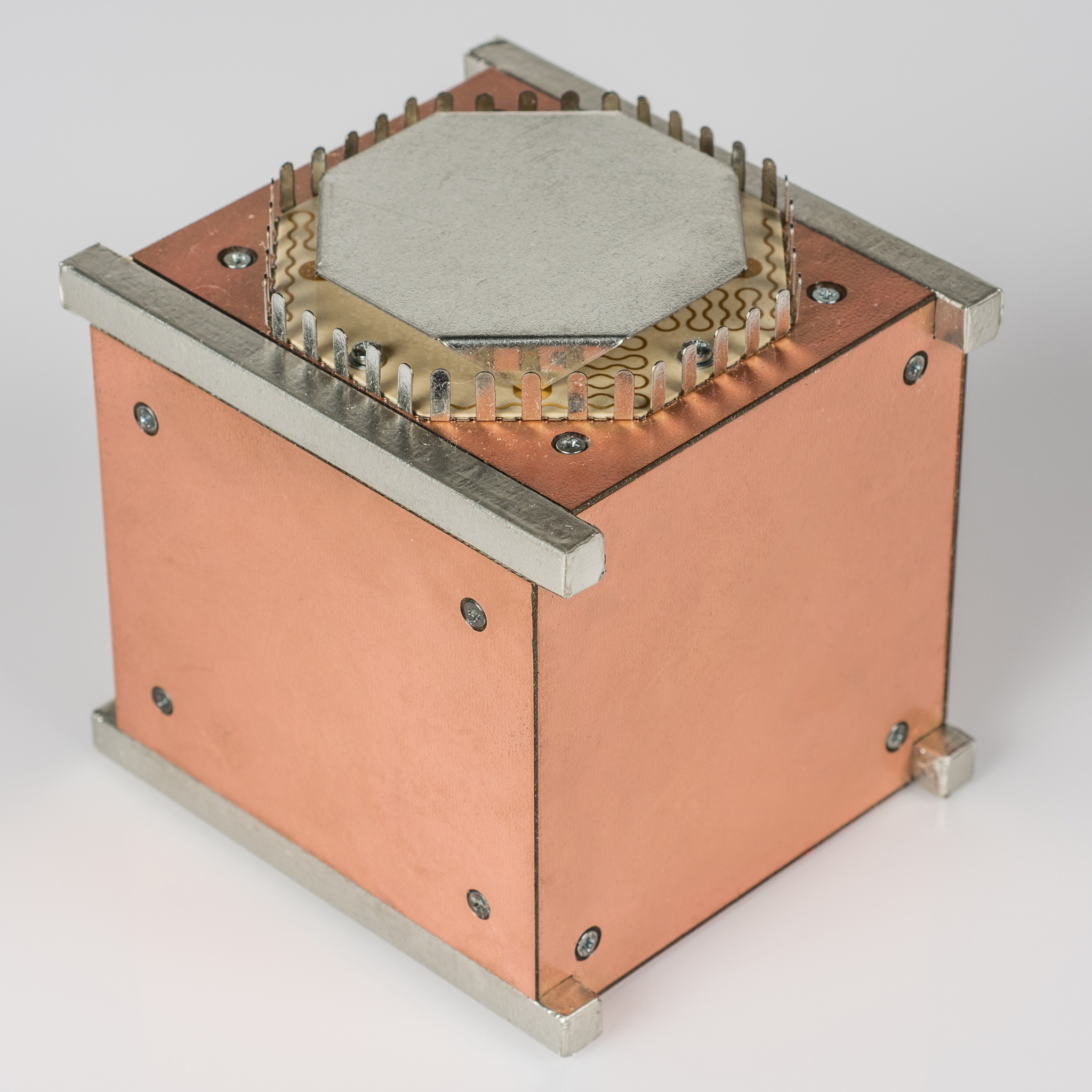First multi-band GNSS antenna brings CubeSats into orbit position in real time with centimeter precision
CubeSats are small satellites in low Earth orbit (LEO) that offer completely new application possibilities by virtue of their constellation and characteristics. Combined in a mega-constellation, they can establish high-speed connections, for example, thereby supporting the existing network infrastructure on the ground. They can also be used in this formation for Earth ob- servation. A prerequisite for doing this is that operators always know precisely where the CubeSats are located in orbit.
This exact real-time positioning can be established with the help of existing satellites in the GNSS (Global Navigation Sa- tellite System) – such as GPS, GLONASS, Galileo and BeiDou. To this end, small broadband antennas are required that sit on top of the CubeSats and are able to receive the GNSS signals. And it was precisely this that presented the biggest technical
challenge before now, as the need for a higher bandwidth usually comes at the expense of antenna size. With the multi- band GNSS antenna, these seemingly conflicting requirements have been successfully resolved for the first time. As well as being extremely compact and cost effective to produce, the CubeSat antenna also supports all GNSS signals in the L-band, which allows centimeter-precise GNSS real-time positioning in orbit.
